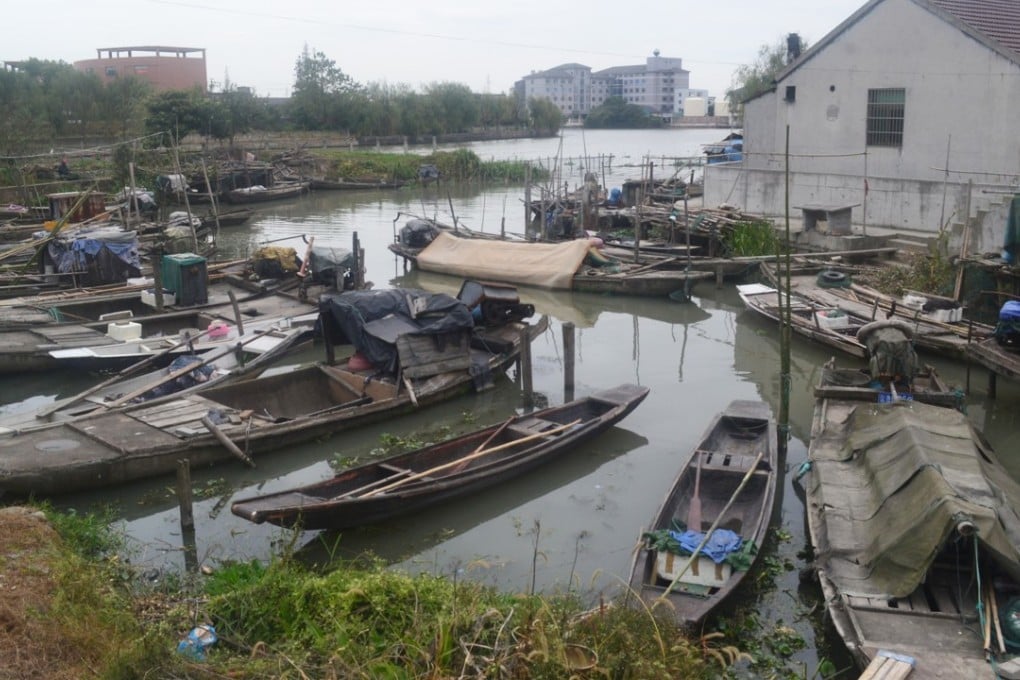Welcome to sex toy street: why a sleepy riverside town in China is rebranding itself as ‘Happy Town’
Chinese government wants a thousand ‘charming towns’ to be built across the country

With China preparing its annual blueprint for tackling its economic challenges, the South China Morning Post has sent journalists to check on three of the ‘grey rhinos’ threatening the world’s second biggest economy. In the third story in the series we look at the urban-rural development gap.
Sex toys are not the first things that spring to mind when visiting Yucheng, a sleepy, riverside town in the Yangtze River Delta, about an hour’s drive from Shanghai, best known for its grapes, mulberry trees and turtle ponds.
But the town government, which wants to turn it into a one-stop market for adult products, signed a 10 billion yuan (US$1.5 billion) deal with a Chinese company this summer to develop a “Happy Town” that will include a sex toy shopping street, a sex exhibition centre and an “adult-only” hotel.
It is a dream partly fanned by a central government plan to create a thousand “charming towns” across the country to represent a new face of rural China and arrest the relative decline of small, rural towns compared to booming cities in recent decades. The policy envisages vibrant local economies featuring a sense of “culture”, ideally a unique industry, and a liveable environment.
The strategy fits well with President Xi Jinping’s desire to make China “a beautiful country” by 2050. In the work report he delivered to the Communist Party’s national congress in Beijing in October,the word “beautiful” was added to a previous formula, dating back at least three decades to the time of late paramount leader Deng Xiaoping, calling for the development of a “rich and powerful, civilised and democratic” country.
Villages and towns across China – dreaming of becoming the next Greenwich in Connecticut, known for its hedge funds, or Hershey in Pennsylvania, famous for a chocolate factory – are scrambling to come up with a “theme” of their own.